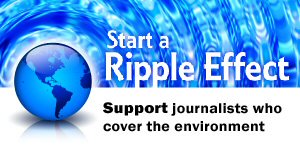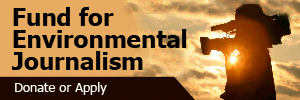As Power Goes Out, Time To Design a More Resilient Grid?

Hurricane Irma left millions of Floridians in the dark, while Maria stripped Puerto Ricans of power, potentially for months. Can the electric grid be made less vulnerable? Our Backgrounder has a dozen-plus angles to jump-start your power reporting, from stronger poles to microgrids. Plus, hurricane coverage resources.





















 Advertisement
Advertisement 



